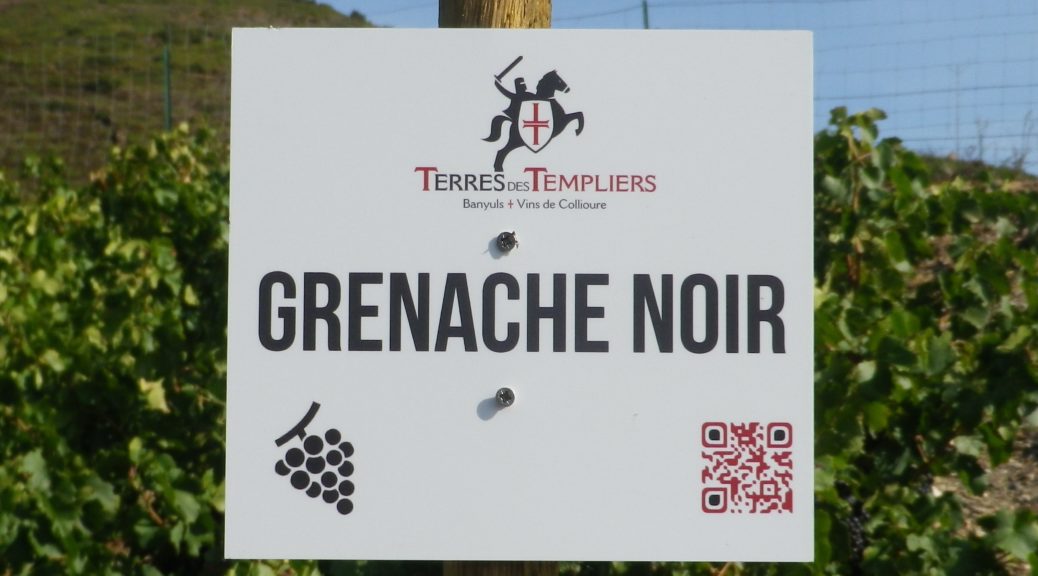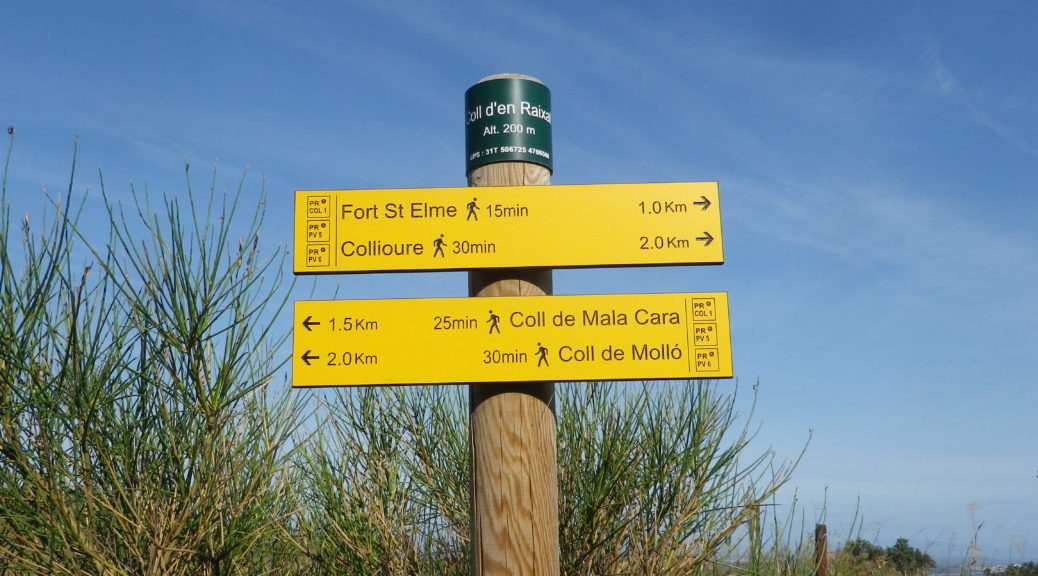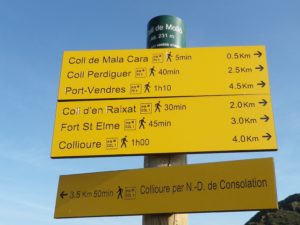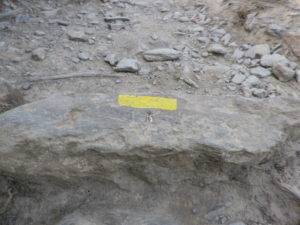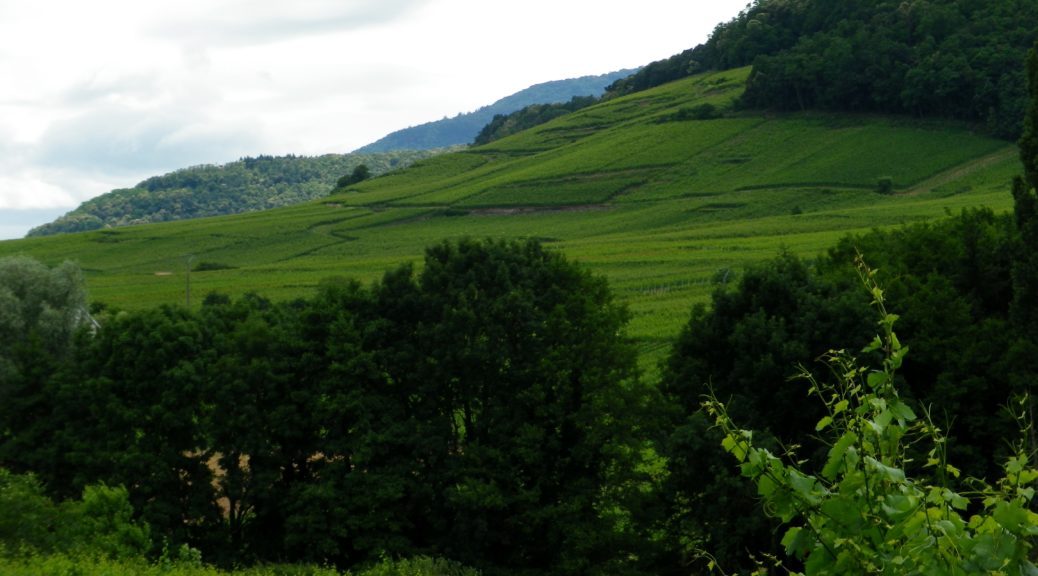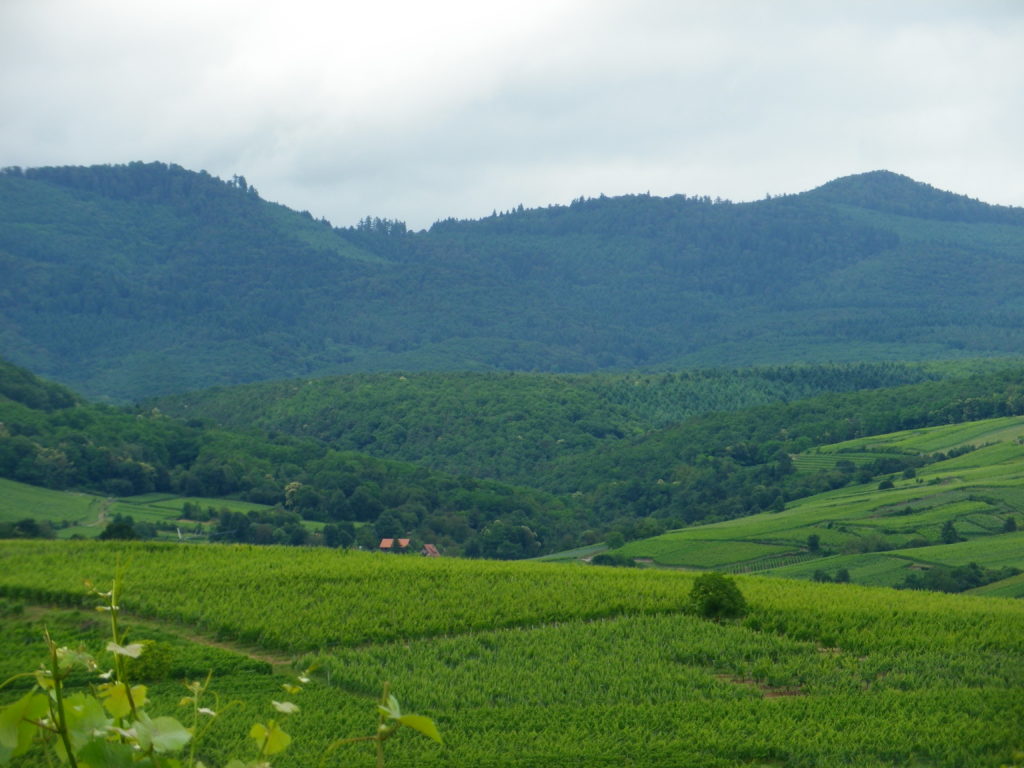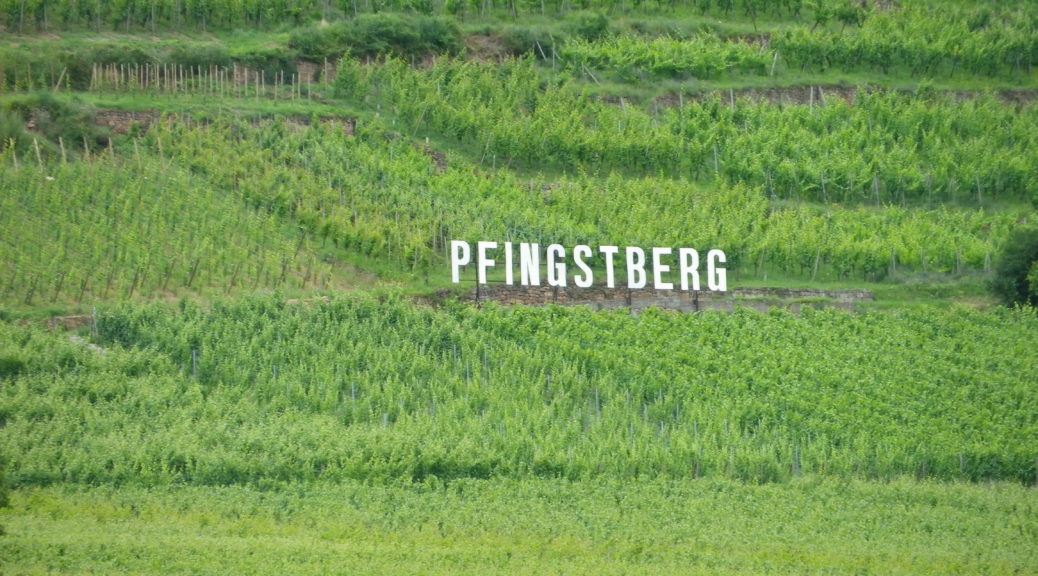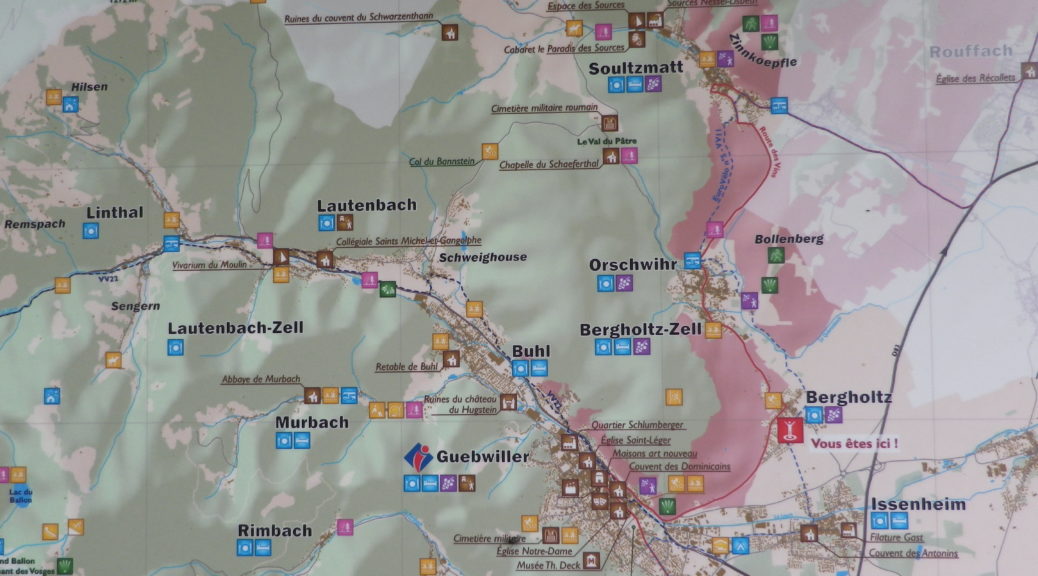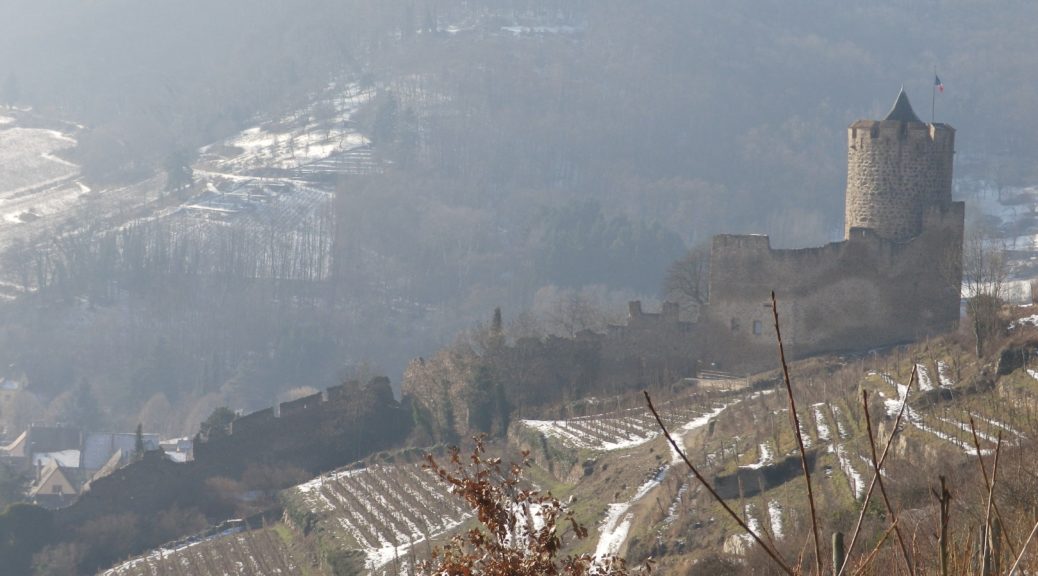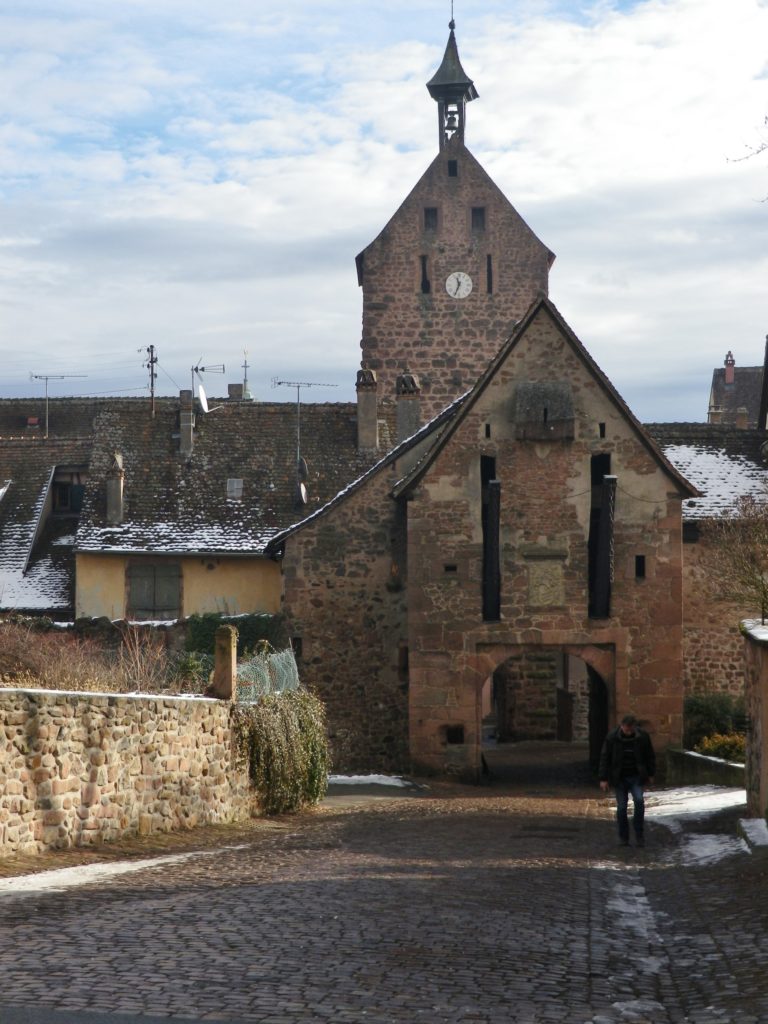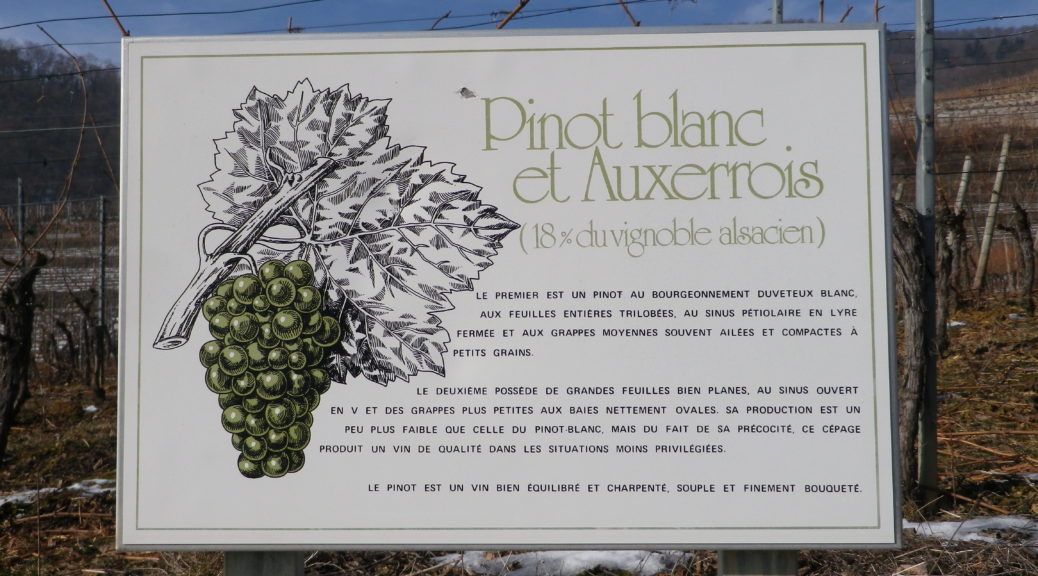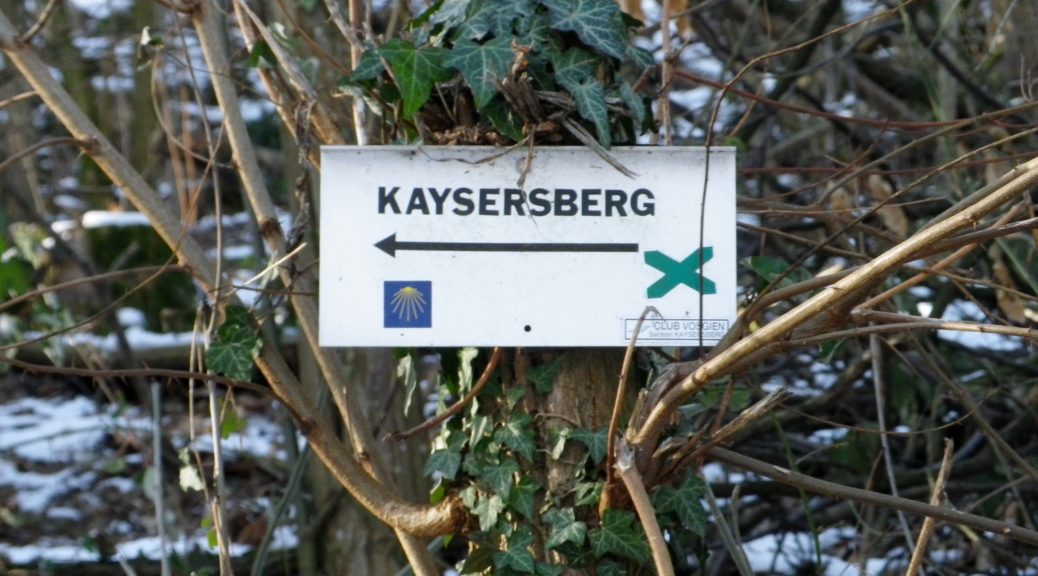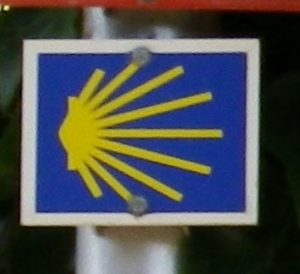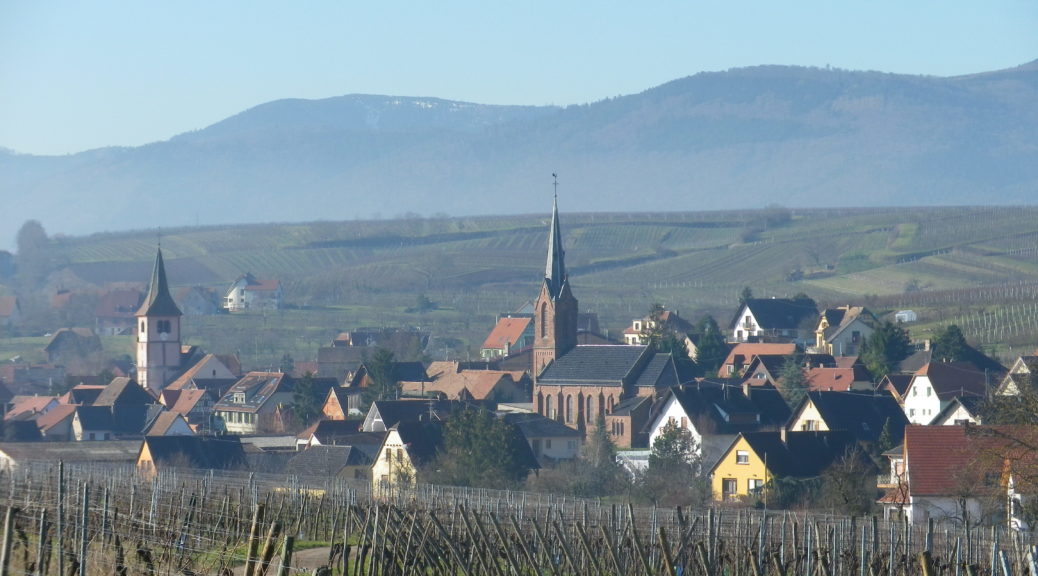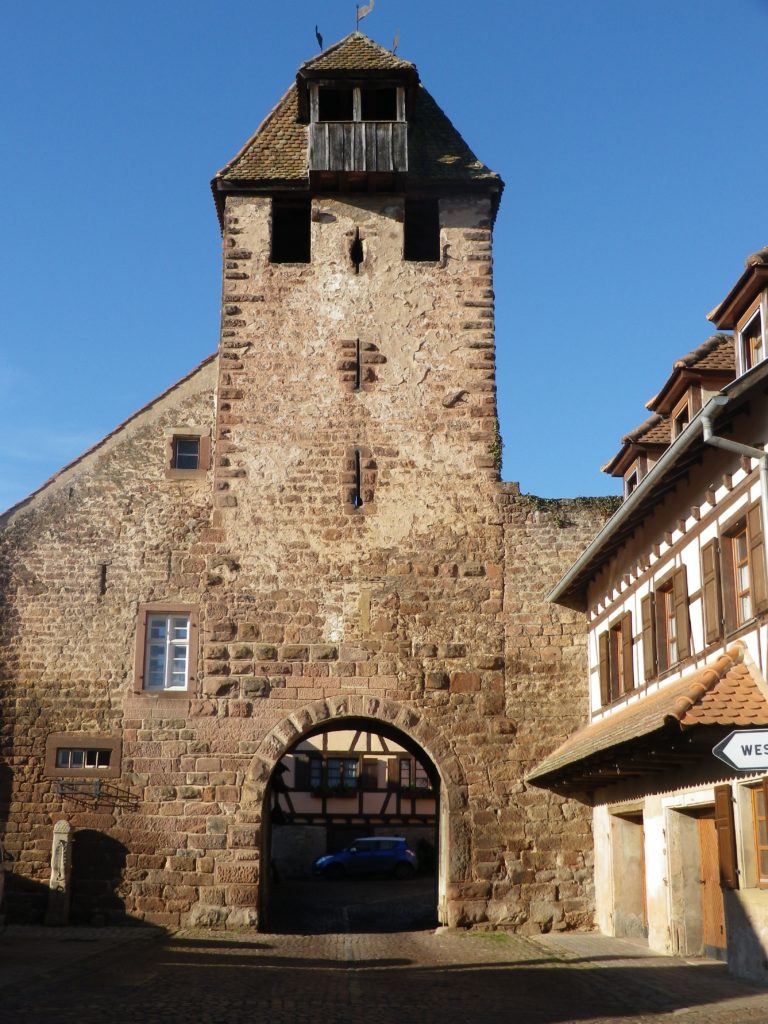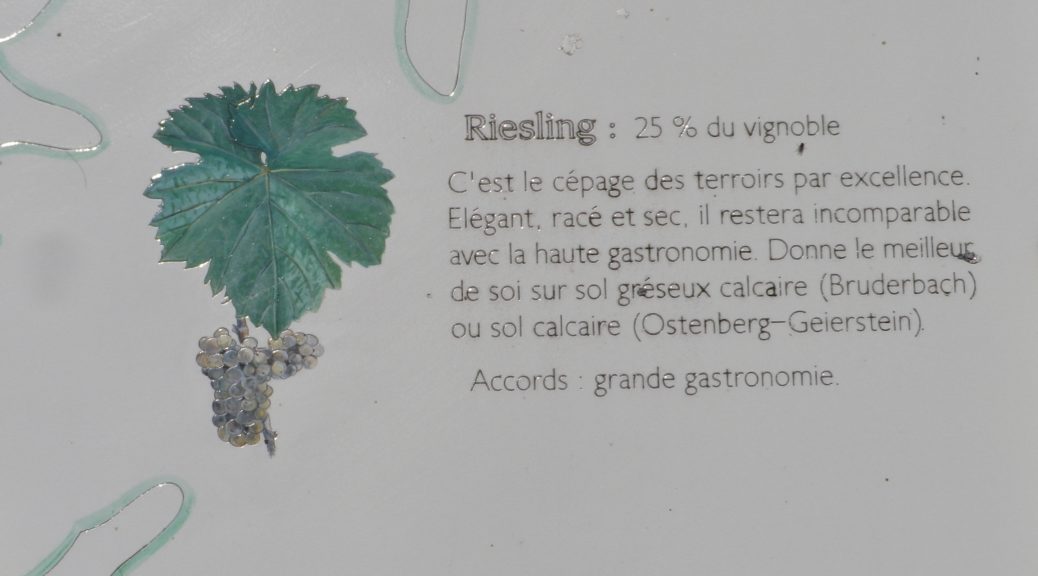What I Learned
The Appellation d’Origine Controlee (AOC) Collioure centers around the town of Collioure. (Within this area, vintners also harvest grapes for the AOC Banyuls, a Vin Doux Naturel (VDN) fortified like port, but that is another topic.)
AOC Collioure focuses traditionally on red wines, Grenache Noir predominates, but Syrah, Mourvedre, Cinsault and Carignan are also grown. But hot weather, and a diet laced with seafood, often calls for a lighter wine, vice a hearty red. Accordingly, this AOC allows production of rose wines. Interestingly, in a rose cuvee, vintners may add up to 30% Grenache Gris.
